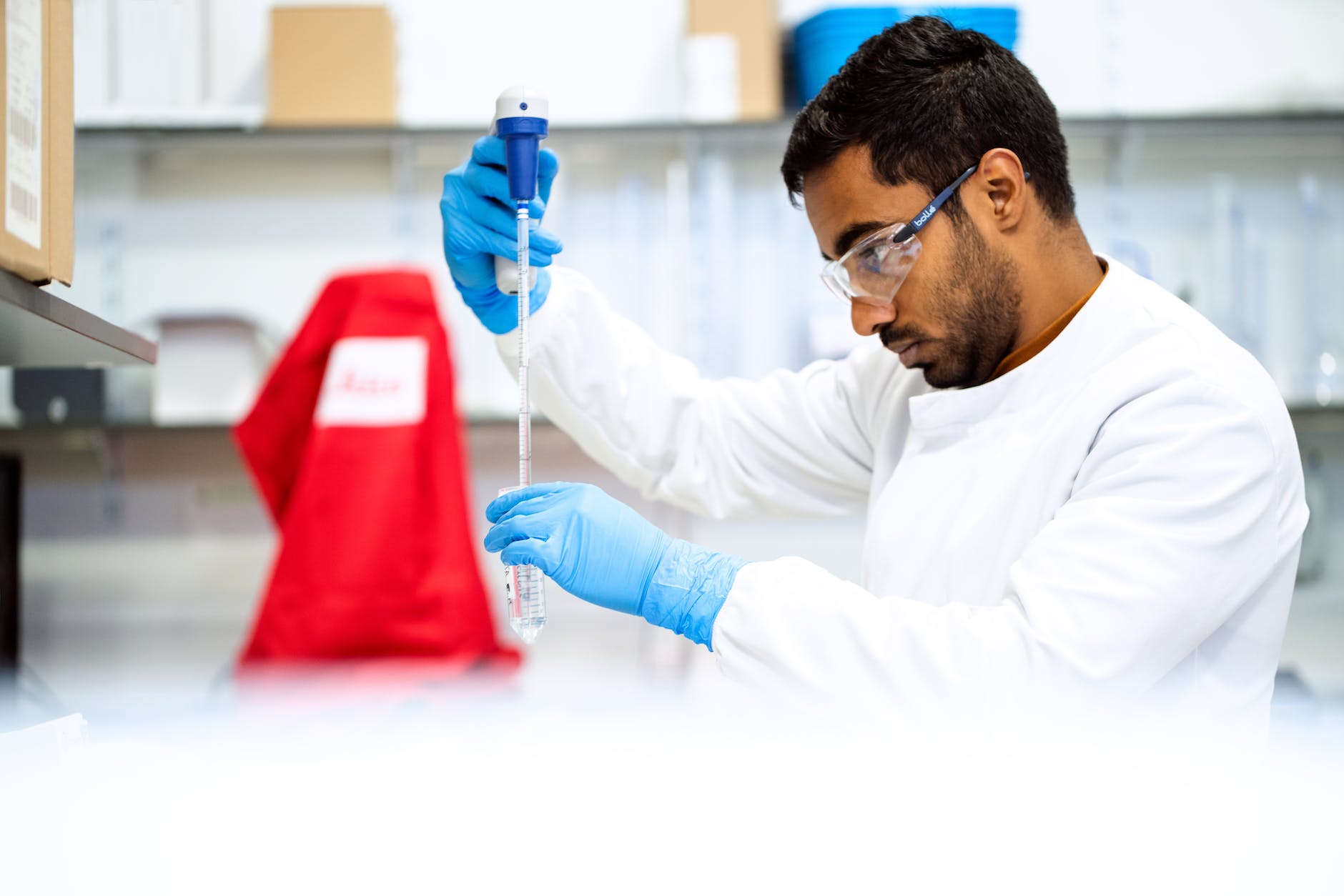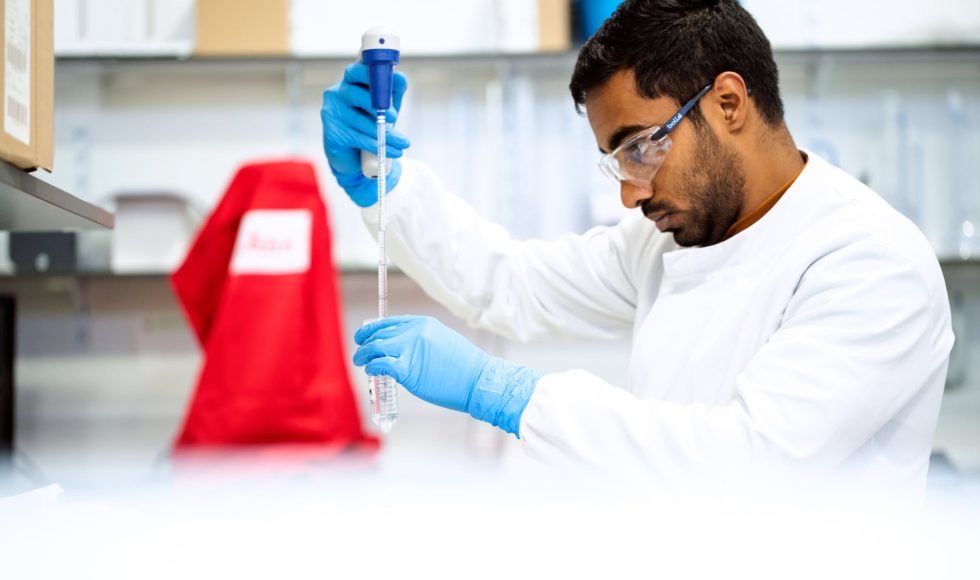Tonight I watched the “Plasmid sequencing, assembly and analysis workflow” video with speaker Jon Pugh, Associate Director of Platform Marketing at Oxford Nanopore Technologies. The whole plasmid nanopore sequencing workflow allows for sequencing analysis of inserts, promoters, and backbones. With Nanopore sequencing, it is possible to use a single technique “in-house.” The workflow they suggest is to select two or three colonies per clone, grow up in 5-15 ml of culture, perform plasmid mini prep, and quantify the DNA. The session suggested using the Rapid Barcoding kit for up to twelve samples or the 96 sample kit. The EPI2ME clone validation workflow allows for cloud-based analyses. The demo started with thawing and equilibrating to room temperature the kit components and mentioned they had normalized the DNA to 50 ng per plasmid. They used the twelve barcode kit. The session included a sped up video of a scientist performing the barcoding sample prep. They emphasized performing a bead cleanup and removing all ethanol prior to loading the library. The scientist also primed the flow cell and tested it during incubations. The demo included an overview of MinKNOW run parameters and screens. They then set up EPI2ME to scan and upload new FASTQ files and begin a Clone Validation Workflow. I did not know that the protocol also includes E. coli host read removal. Feature names are annotated, and the plasmid is assembled. The scientist also began washing the flow cell as it was only used for one hour. The final step was to remove buffer from the waste channel and add storage buffer. This was a great overview of plasmid sequencing. I had not considered this application, and Pugh described the steps and important considerations that are applicable to other workflows.



